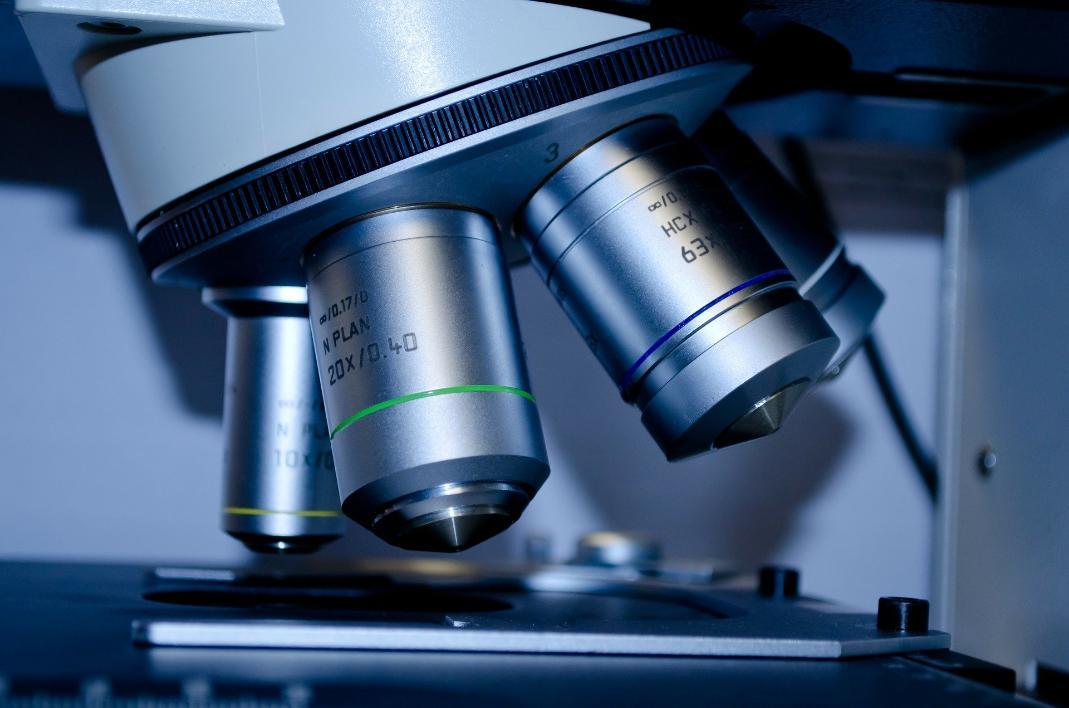- CIRTL Homepage
- Meet our Team
- Resources
- Short Guides
- Short Guide 1: Starting Well
- Short Guide 2: Scaffolding Learning
- Short Guide 3: Icebreakers
- Short Guide 5: Discussions for Online Learning
- Short Guide 4: Visualising Thinking
- Short Guide 6: Universal Design for Learning
- Short Guide 7: Group Work
- Short Guide 8: Reimagining Practicals
- Short Guide 9: Assessment in the Age of AI
- Universal Design for Learning
- CIRTL Series
- Sustainable Development Goals Toolkit
- Learning Design Workshops
- Connected Curriculum
- Group Work
- Civic Engagement Toolkit
- Learning Outcomes
- DigiEd Reading List
- Ethical Use of GenAI Toolkit
- Short Guides
- Professional Development
- Research your Teaching
- Projects
- Events
- Office of the Vice President for Learning & Teaching
Histology in anatomical education
Making Connections: Development of a virtual learning environment for the teaching of histology in anatomical education

Explore this page
Project Lead
Dr Briony Supple, CIRTL
Project Team Members
Professor Ger O’Keeffe, Anatomy & Neuroscience, School of Medicine & Health, UCC
The Teaching Challenge
It is well documented that Anatomy as a discipline can be challenging for first year students in particular. One of the most difficult aspects of the discipline is the learning of histology, which is the subject matter devoted to describing the structure of cells and tissues at the microscopic level. This is cornerstone knowledge upon which disciplinary expertise is built. Despite its importance, historically there has arguably been a focus on rote learning and teaching – ‘this is how we describe this cell and here is what it looks like’. Within such an approach, there can be limited opportunities for students to reflect on what they know, and how they know it. Such activities are important learning opportunities for students to reflect on what this disciplinary knowledge means for their own scientific thinking, and such activities have also shown to be important for the developing of causal reasoning skills. Within this context, using the principles of universal design for learning (UDL), we sought to develop a revised teaching approach in the virtual learning environment of CANVAS®.
Given the swift move to online learning in 2020, lab-based opportunities for students were rendered unworkable. This module served as a way of bridging the gap between on campus, hands-on learning and virtual learning. With the ongoing focus on online instruction for the next academic year, such learning tools are of more importance than ever to support student learning. This project speaks to the broader experience of many practical/lab-based learning situations for students across multiple disciplines and how this experience has been impacted by remote learning during Covid-19, as well as the wider applications of UDL.
There are also opportunities that this approach can be rolled out in online outreach approaches to the general public as many examples used in these modules have been developed using example using lay terms and examples (e.g. muscle structure can be developed using spaghetti and clingfilm). Such opportunities also speak to UCCs goal of being a University of and for the community.
The Project
The original project was entitled ‘Making Connections: Uncovering the influence of learning spaces on attitudes to professionalism in medical education’. This project was focused on working with students in a lab-based setting. With Covid 19 impacting campus closures however, this resulted in the proposed project being unworkable. We therefore decided to change the focus to developing online ‘practical’ sessions for students through Canvas. The money was spent on hiring in support for developing resources and helping design one block of a module for students in first year anatomy undertaking their Occupational Therapy qualification.
We connected with an instructional designer who works in a consultancy-based role outside of UCC and was able to commit to the project fulltime over a short period of time. We met over a series of days to decide on a work plan and divide up some of the content-based material development across the team.
The Impact
There are a number of impacts that have already arisen from this work and a number of prospective impacts that will arise into the future. We will outline these with reference to the Forum’s impact report: https://www.teachingandlearning.ie/wp-content/uploads/NF-2020-Project-Imact-Report.pdf
Work conducted during the award led to new and increased collaborations between the academic partners. This directly resulted new publications on disciplinary approaches to TLHE from the partners. These outputs are leading to impact through the increased engagement with scholarship of teaching and learning. For one such example see: The Universal Design for Learning Framework in Anatomical Sciences Education. Balta JY, Supple B, O'Keeffe GW. Anat Sci Educ. 2021 Jan;14(1):71-78. doi: 10.1002/ase.1992. Further this output is leading to impact as our collaborations are striving towards positive, sustainable disciplinary changes in teaching and learning with an affective dimension. Such approaches are nurturing collegiality, teamwork and peer learning, which is itself impactful.
As part of this work we worked with instructional designers to develop our approach. These engagements have led to impact as they led to our own professional learning and development meaning we can now implement such approaches in other areas of our teaching resulting in more confident, sophisticated and widespread engagement with digital technology in our teaching which should lead to improved student learning in the future.
For more information
Click on this link to access Dr Briony Supple's research profile.
http://research.ucc.ie/profiles/T001/brionysupple
Click on this link to access Dr Ger O'Keeffe's research profile. http://publish.ucc.ie/profiles/C003/gokeeffe
